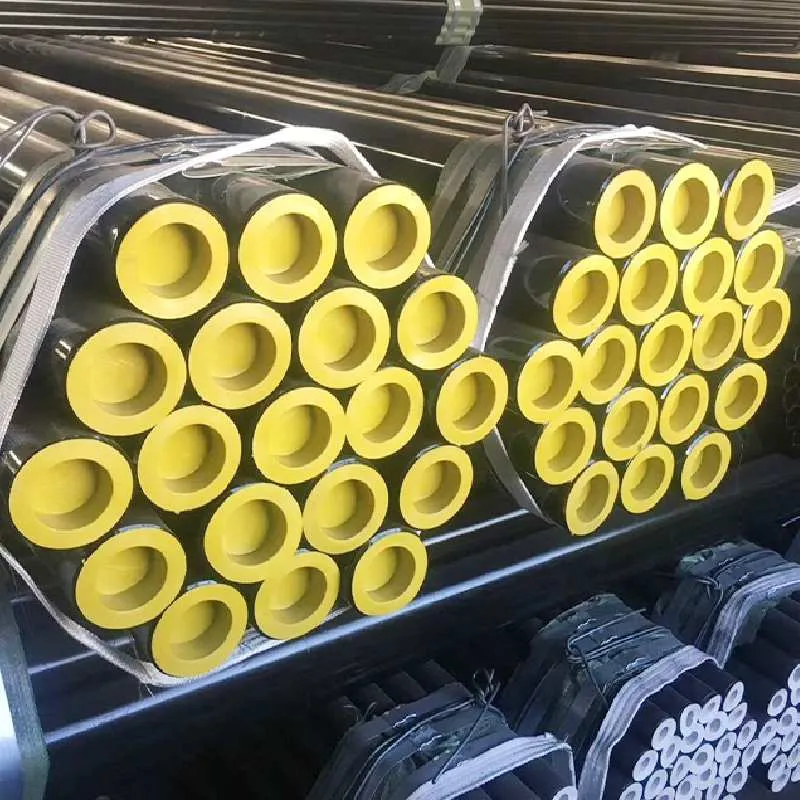-
Cangzhou Yulong Steel Co., Ltd.
-
Phone:
+86 13303177267 -
Email:
admin@ylsteelfittings.com
- English
- Arabic
- Italian
- Spanish
- Portuguese
- German
- kazakh
- Persian
- Greek
- French
- Russian
- Polish
- Thai
- Indonesian
- Vietnamese
- Zulu
- Korean
- Uzbek
- Hindi
- Serbian
- Malay
- Ukrainian
- Gujarati
- Haitian Creole
- hausa
- hawaiian
- Hebrew
- Miao
- Hungarian
- Icelandic
- igbo
- irish
- Japanese
- Javanese
- Kannada
- Khmer
- Rwandese
- Afrikaans
- Albanian
- Amharic
- Armenian
- Azerbaijani
- Basque
- Belarusian
- Bengali
- Bosnian
- Bulgarian
- Catalan
- Cebuano
- China
- China (Taiwan)
- Corsican
- Croatian
- Czech
- Danish
- Esperanto
- Estonian
- Finnish
- Frisian
- Galician
- Georgian
- Kurdish
- Kyrgyz
- Lao
- Latin
- Latvian
- Lithuanian
- Luxembourgish
- Macedonian
- Malgashi
- Malayalam
- Maltese
- Maori
- Marathi
- Mongolian
- Myanmar
- Nepali
- Norwegian
- Norwegian
- Occitan
- Pashto
- Dutch
- Punjabi
- Romanian
- Samoan
- Scottish Gaelic
- Sesotho
- Shona
- Sindhi
- Sinhala
- Slovak
- Slovenian
- Somali
- Sundanese
- Swahili
- Swedish
- Tagalog
- Tajik
- Tamil
- Tatar
- Telugu
- Turkish
- Turkmen
- Urdu
- Uighur
- Welsh
- Bantu
- Yiddish
- Yoruba

Oct . 30, 2024 18:41 Back to list
galvanized pipe schedule
Understanding Galvanized Pipe Schedule A Comprehensive Overview
Galvanized pipes are a popular choice in various construction and plumbing applications due to their durability and resistance to rust and corrosion. The term galvanized refers to the process of coating steel or iron with a layer of zinc to protect it from atmospheric conditions. These pipes have been a staple in many industries and residential applications, primarily due to their long lifespan and reliability. To ensure that these pipes meet specific standards and can handle different pressures, the concept of schedule comes into play.
The schedule of a pipe indicates its wall thickness, which directly influences its strength and pressure rating. In the context of galvanized pipes, different schedules are utilized depending on the intended applications, whether it be for plumbing, heating, or structural purposes. The most common schedule numbers for galvanized pipes include Schedule 40 and Schedule 80, with Schedule 40 being the standard for residential applications and Schedule 80 being used for more demanding industrial applications.
Schedule 40 vs. Schedule 80
Schedule 40 galvanized pipes are suitable for a wide range of plumbing and irrigation systems. They are designed to handle moderate pressures and are widely utilized for indoor water lines, residential plumbing, and agricultural purposes. The nominal wall thickness of Schedule 40 pipes allows for substantial water flow while remaining cost-effective.
On the other hand, Schedule 80 galvanized pipes are thicker and more robust. They are commonly employed in commercial or industrial settings where higher pressure and stronger structural integrity are necessary. This schedule accommodates rigorous conditions, making it ideal for heavy-duty applications, including gas lines, fire protection systems, and various industrial processes.
Benefits of Galvanized Pipes
1. Corrosion Resistance The zinc coating significantly reduces the risk of rust formation, which enhances the longevity of the pipes, especially in humid or wet environments.
galvanized pipe schedule

3. Cost-Effectiveness While the initial costs of galvanized pipes may be higher than other materials, their durability often translates to lower maintenance costs over time.
4. Versatility These pipes can be used in diverse applications, from residential plumbing to agricultural irrigation systems, underscoring their flexibility.
Installation Considerations
When installing galvanized pipes, it is crucial to pay attention to the threading and joining methods, as improper installation can lead to leaks and reduced system efficiency. Typically, fittings are used to merge different sections of pipe, and using compatible thread sealants is advisable to ensure a watertight seal.
Moreover, it's essential to follow local building codes and regulations, as they often dictate the appropriate use of various pipe schedules and materials in construction and plumbing works.
Conclusion
In conclusion, understanding the galvanized pipe schedule is vital for anyone involved in construction or plumbing. By recognizing the differences between Schedule 40 and Schedule 80 pipes, professionals can make informed decisions that meet the specific requirements of their projects. With their inherent benefits and adaptability, galvanized pipes remain a reliable choice in the world of piping solutions, ensuring both safety and durability for years to come.
Latest news
-
ANSI 150P SS304 SO FLANGE
NewsFeb.14,2025
-
ASTM A333GR6 STEEL PIPE
NewsJan.20,2025
-
ANSI B16.5 WELDING NECK FLANGE
NewsJan.15,2026
-
ANSI B16.5 SLIP-ON FLANGE
NewsApr.19,2024
-
SABS 1123 FLANGE
NewsJan.15,2025
-
DIN86044 PLATE FLANGE
NewsApr.19,2024
-
DIN2527 BLIND FLANGE
NewsApr.12,2024
-
JIS B2311 Butt-Welding Fittings LR/SR 45°/90° /180°Seamless/Weld
NewsApr.23,2024











